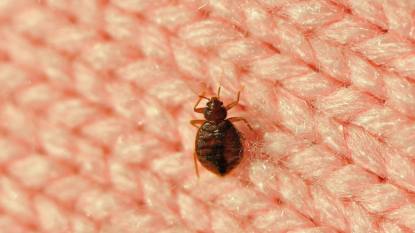Tired of Mowing? Replace Your Grass With One of 3 Slow-Growing Alternatives
Cut down your mowing to one or two times per year.
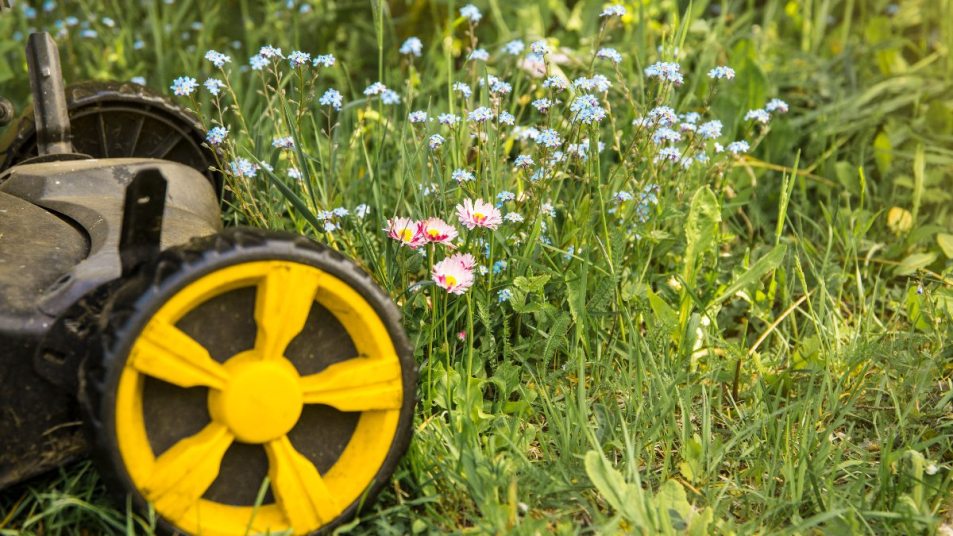
Lawn-mowing season is here… again. It sure comes around fast, doesn’t it? Sure, mowing gets us outside, but wouldn’t you rather put the time you spending moving toward more relaxing activities? Imagine a world where you didn’t have to spend the time, energy, and money mowing your grass every week or two — that’s where no mow grass, low mow grass, and other alternatives come in.
Never heard of these? Here’s what you need to know: No mow grass and low mow grass are weed-free species (or blends of species) that grow very slowly. Short-growing alternatives are plants that grow to a certain height and stop.
The benefits of slow-growing or short-growing species are significant. Some species, for example, require just two mows per year — once in the spring and once in the fall. In general, they establish root systems quickly, prevent weed growth, and don’t need much fertilizer or water. Check out these three lawn alternatives below.
No-Mow Grass Blends
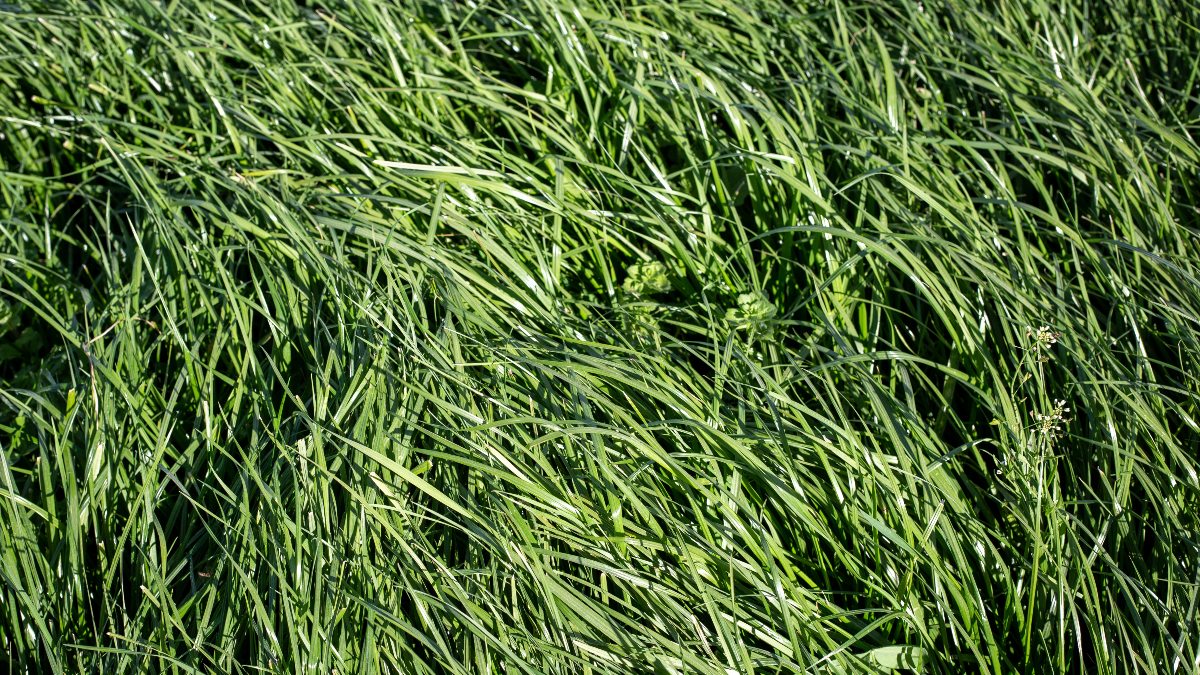
No mow grass is a blend of fescue grasses, or cool-season grasses that can tolerate partial shade and drought. These blends usually perform best in sandy soil or sand, silt, and clay soil, but companies sell blends that are best suited to your area. Three common brands include Eco Lawn, No-Mow Lawn, and Let it Grow.
Beyond the fact that you’ll only need to mow them once or twice a year, no mow blends are eco-friendly. They don’t need much watering — good news for people in states like California, Nevada, Utah, and Texas, where rainfall has been sparse this year — and they’re wildlife-friendly (they don’t need chemicals for maintenance, and the thickness helps protect animals and insects).
The biggest downside: Establishing a new lawn is a significant effort. To create a no-mow lawn, you’ll need to remove all existing grasses, plants, and weeds. You can do this by smothering (covering the lawn with tarp or old carpet for an extended period of time to kill existing grass), using a sod cutter, or digging up the grass. Then, you’ll need to prep the soil (have it tilled and free of rocks and roots), and plant the seeds at the ideal time — typically late summer and early fall.
The other downside that homeowners report? When you do mow, it can be difficult because you have to move slowly to avoid damaging the grass. No mow grass also holds onto water, so walking on it may soak your shoes and pants.
Buffalo Grass
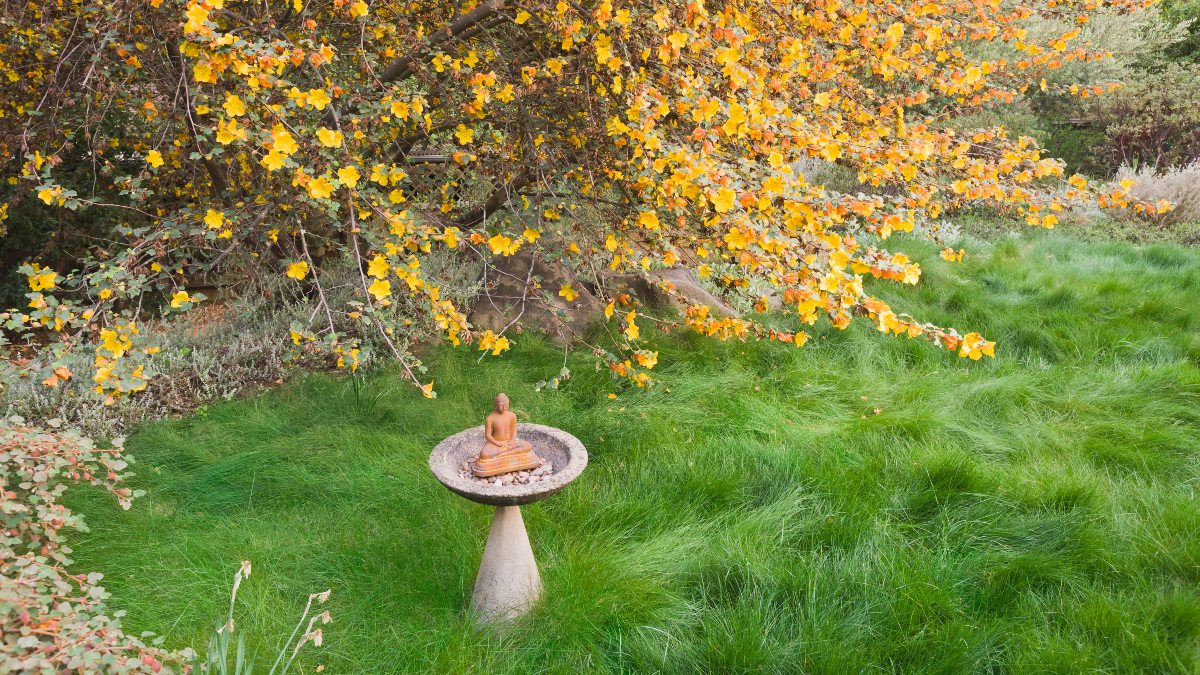
Buffalo grass is a Northern prairie grass with a deep green color and a lush, swept-over look. The pros: It needs almost no watering, fertilizer, pest control, or mowing. Also, its root system is dense and matted, which makes it drought tolerant. This species is pollinator friendly, too, because it provides food, shelter, and nesting sites.
A few cons: Some homeowners report that buffalo grass takes a long time to establish, doesn’t do well with high foot traffic, and is more susceptible to weeds. The seeds can also be expensive. Still, others report that it is worth the initial expense, and that weed maintenance is similar to other grasses — a little weed pulling now and then keeps it under control.
Clover Lawn
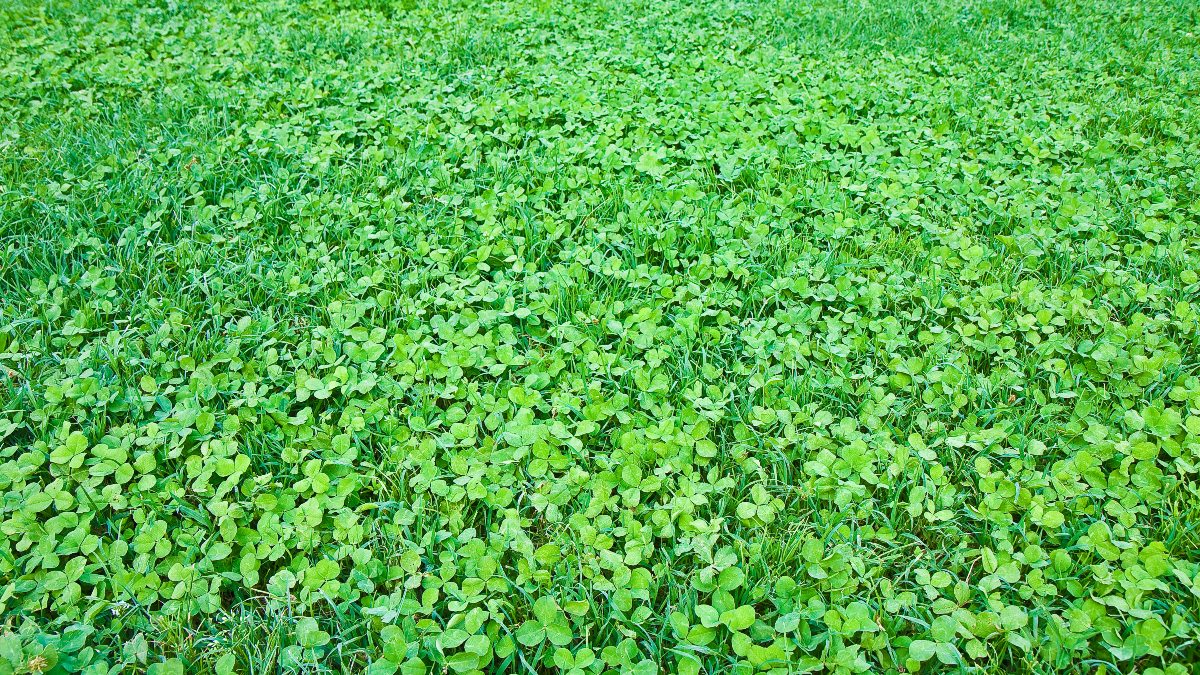
If you want to skip grass altogether and really help the bees, consider a clover lawn. Clover requires a little more mowing than no mow and slow mow blends, but it still grows slowly and stays short (a big plus in our book). It also doesn’t need any fertilizer because it naturally replenishes the soil with nitrogen. Its dense root structure helps it keep weeds at bay, and in the spring, it flowers — a perfect haven for bees.
As with all grasses and grass alternatives, clover has its downsides. If you have pets or family that like to play in the grass, the bees will act as a deterrent. In addition, clover is invasive, so you’ll need to watch it and keep it out of your gardens. An easy compromise: Plant some clover in your yard, but don’t cover the entire lawn. It will complement the already existing grass by adding nutrients to the soil and reducing your mowing time.
The key takeaway? You don’t have to replace your entire lawn all at once, but understanding the alternatives will help you make smart decisions in the future. And if you pro-grass-tinate mowing every once in a while, it’s not such a bad thing. You’re helping the environment.







